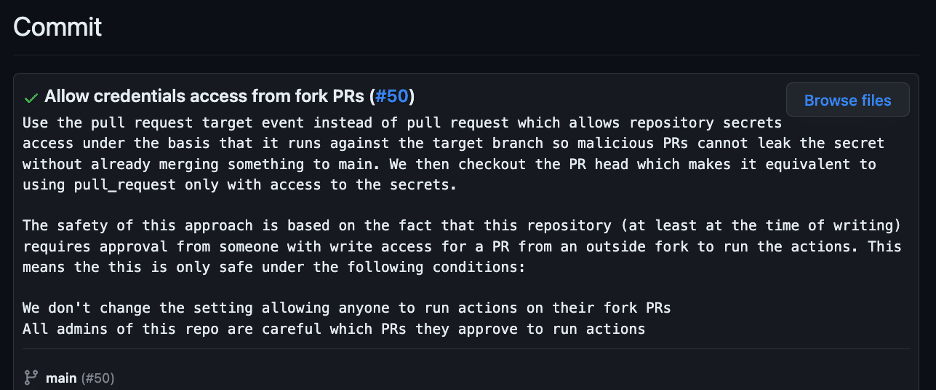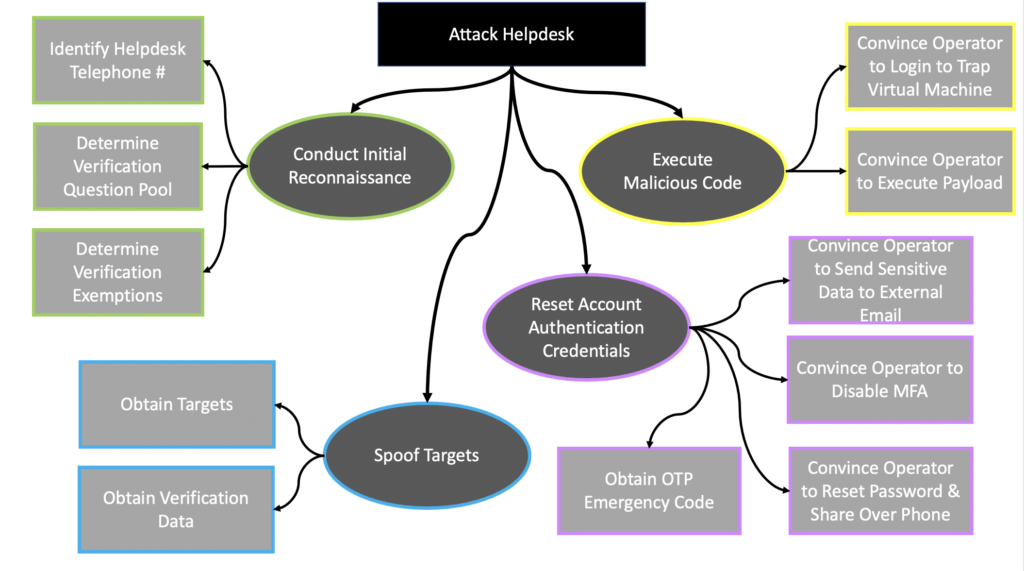Long Live the Pwn Request: Hacking Microsoft GitHub Repositories and More

Software supply chain attacks have been increasing both in frequency and severity in recent months. In response to these attacks, the CISA has even released a cybersecurity information sheet (CSI) on how organizations can secure their CI/CD pipelines. The introduction to the CSI states: “(The) CSI explains how to integrate security best practices into typical […]
Helpdesk Telephone Attack: How to Close Process and Technology Gaps

Introduction As we have witnessed in recent weeks with the MGM and Caesars Entertainment breaches, helpdesks are prime attack surfaces that are seeing a surge in exploitation. Although much of the press surrounding these most recent events alludes to helpdesk operators’ roles in the exploits, this type of vulnerability actually is a technology and process […]
Developing a Hidden Virtual File System Capability That Emulates the Uroburos Rootkit

A few years ago, I read the “Uroburos: The Snake Rootkit” [1] paper written by Artem Baranov and Deresz and was captivated by the hidden kernel-mode Virtual File System (VFS) functionality implemented within Uroburos. Later, I decided to learn Windows device driver programming and thought replicating this functionality within my own rootkit would be an […]
Computer Account Relaying Vulnerabilities Part 2

Overview Recently I’ve been working on writing a custom SMB client that implements the initial handshake and NTLM authentication functionality to perform port fingerprinting within Chariot Identify, our attack surface management product. While reading through the SMB specification, I got to thinking about Computer AdminTo Computer vulnerabilities we have exploited over the last few years […]
Spring Core on JDK9+ is vulnerable to remote code execution

Update: March 31, 2022 A patch has officially been released. https://spring.io/blog/2022/03/31/spring-framework-rce-early-announcement https://tanzu.vmware.com/security/cve-2022-22965 Overview Spring Core on JDK9+ is vulnerable to remote code execution due to a bypass for CVE-2010-1622. At the time of writing, this vulnerability is unpatched in Spring Framework and there is a public proof-of-concept available. As we have remediation advice for customers […]
23 and Me: Offensive DNA and Nuclei Templates

As part of our launch of the Chariot platform, we have developed twenty-three Nuclei templates to identify new issues or exposures within external attack surfaces that we want to share back with the security community. Nuclei is an extremely powerful vulnerability scanner from ProjectDiscovery that leverages a YAML-based domain-specific language to represent vulnerabilities. Nuclei is […]
North Korean Lazarus APT phishing defense contractors

A new cyber attack campaign launched by North Korean APT Lazarus Group is targeting the military defense industry. Lazarus weaponized two documents related to job opportunities from Lockheed Martin in the spear phishing attack. The discovery was made January 18, 2022. Here’s what you need to know: What might the hackers be looking for? North […]
Red Team Tooling: Writing Custom Shellcode

Overview This article discusses our recently open-sourced tool Matryoshka [1], which operators can leverage to bypass size limitations and address performance issues often associated with Visual Basic for Applications (VBA) macro payloads. Because Microsoft Office restricts the size of VBA macros, operators can run into size limitations that restrict their ability to include larger payloads […]
Red Team Privilege Escalation – RBCD Based Privilege Escalation – Part 2

Overview In part one, we covered a Windows local privilege escalation method we have leveraged during red team engagements that is particularly prevalent on multi-user systems with many installed applications, such as Citrix. In part two, we cover another common local privilege escalation vulnerability we have leveraged within Windows domain environments to escalate privileges on […]
Reproducing the Microsoft Exchange Proxylogon Exploit Chain

Introduction In recent weeks, Microsoft has detected multiple 0-day exploits being used to attack on-premises versions of Microsoft Exchange Server in a ubiquitous global attack. ProxyLogon is the name given to CVE-2021-26855, a vulnerability on Microsoft Exchange Server that allows an attacker to bypass authentication and impersonate users. In the attacks observed, threat actors used […]